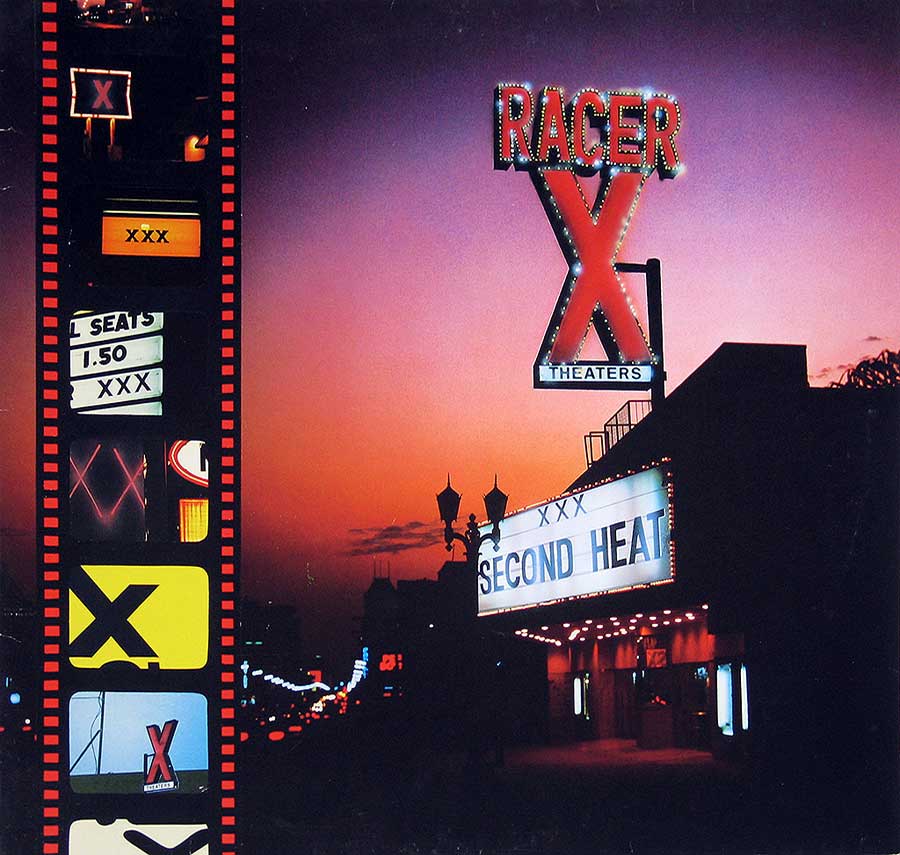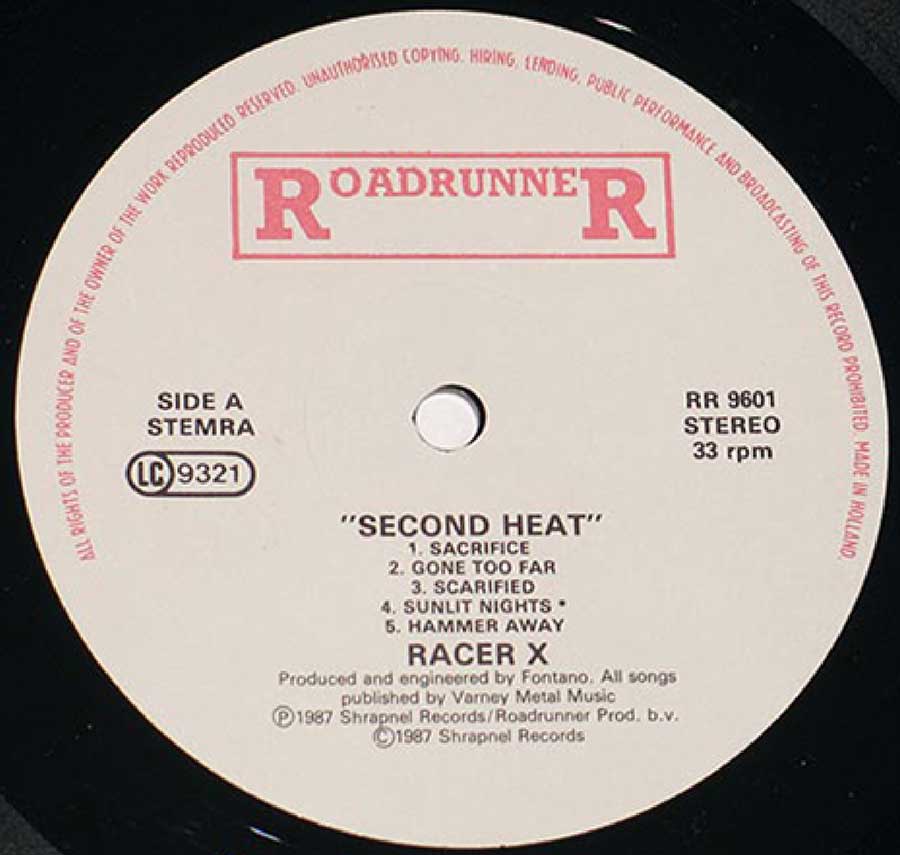Released in 1987, Racer X's "Second Heat" solidified the band's position as one of the premier acts in the neoclassical metal genre. Arriving during a period when heavy metal was experiencing a surge in popularity, the album's relentless speed and technical virtuosity captivated fans and critics alike.
Musical Exploration and Genre
"Second Heat" is a testament to Racer X's dedication to pushing the boundaries of metal. The album's tracks are a whirlwind of intricate guitar work, lightning-fast drumming, and soaring vocals. While rooted in heavy metal, the band incorporated elements of hard rock, classical music, and even jazz fusion, creating a unique sonic landscape that set them apart from their contemporaries. The album's standout tracks, such as "Sacrifice," "Scarified," and "Motor Man," showcase the band's ability to blend aggression with melody, resulting in a sound that was both exhilarating and memorable.
Controversies
Despite the album's critical acclaim, "Second Heat" did face some controversy. The track "Heart of a Lion" was originally written by Judas Priest members Glenn Tipton, K.K. Downing, and Rob Halford for their album "Turbo." However, due to creative differences, the song was not included on the final release. Racer X, who were fans of Judas Priest, decided to record their own version of the song, which led to some accusations of plagiarism. Nevertheless, the band's rendition of "Heart of a Lion" became a fan favorite and a highlight of their live shows.
Another notable cover on the album is David Bowie's "Moonage Daydream." Racer X's interpretation of the song is a testament to their versatility and willingness to experiment with different genres.
Production and Recording
"Second Heat" was produced by the renowned engineer Mike Varney, who was known for his work with other shred guitar virtuosos like Yngwie Malmsteen and Jason Becker. The album was recorded at Prairie Sun Recording Studios in Cotati, California, a facility that had hosted numerous legendary artists.
Album Cover Art
The album cover features a marquee for an XXX theater, boldly displaying "Second Heat" as the featured attraction, a nod to the band's fiery sound and energetic live performances. The image, combined with the album's title, perfectly captures the essence of Racer X's music: a relentless and passionate assault on the senses.

